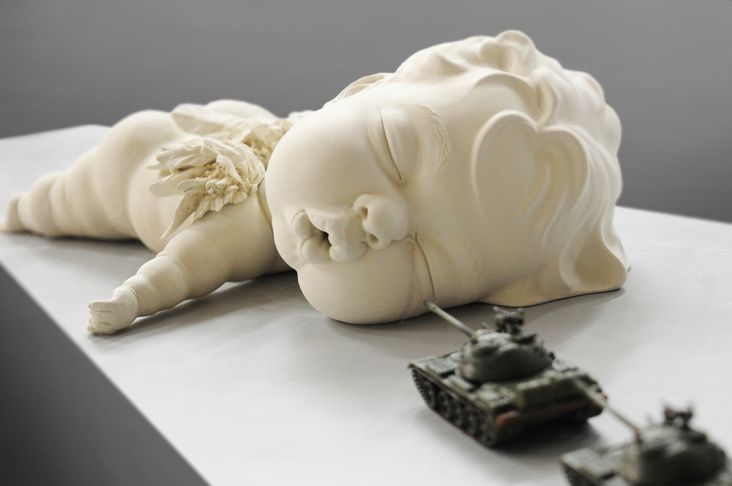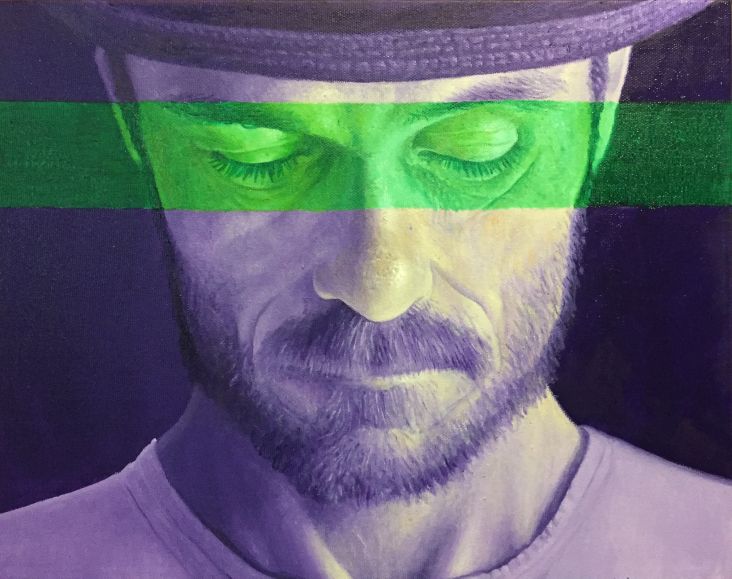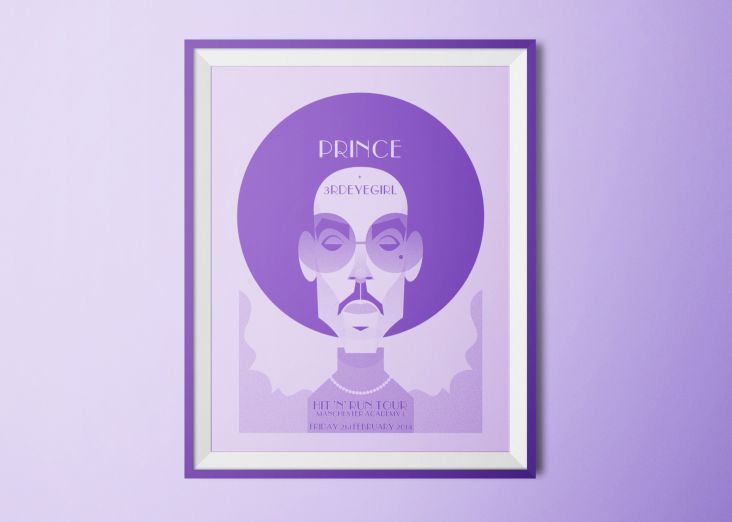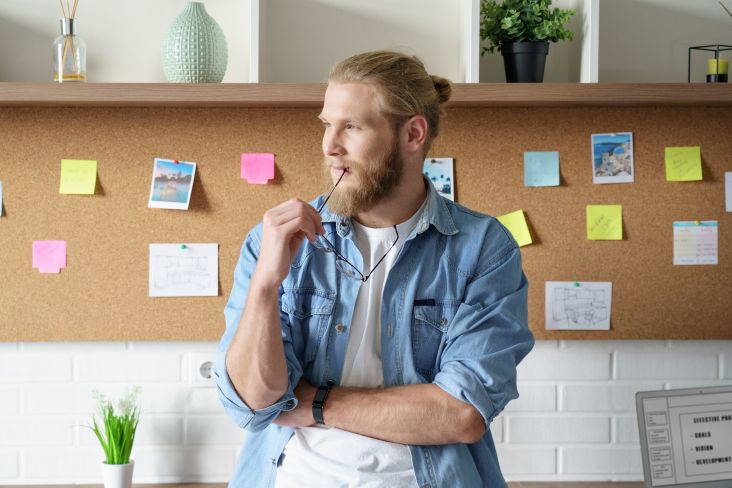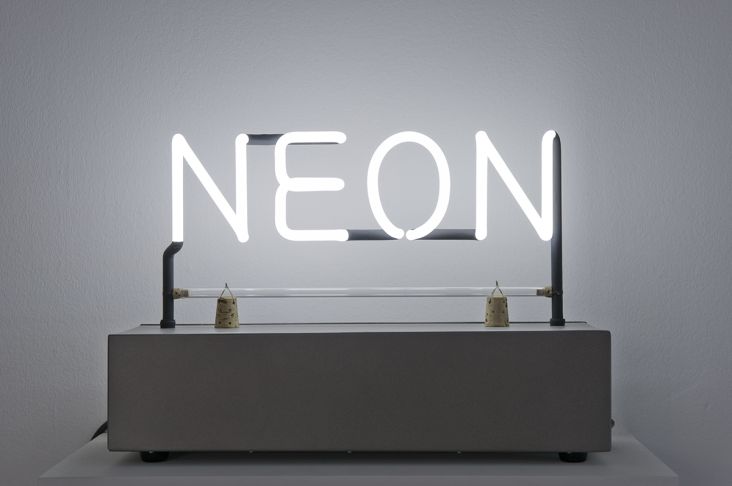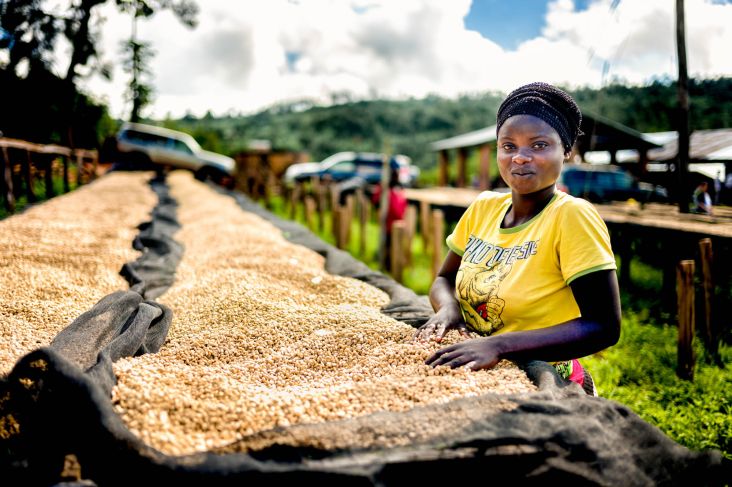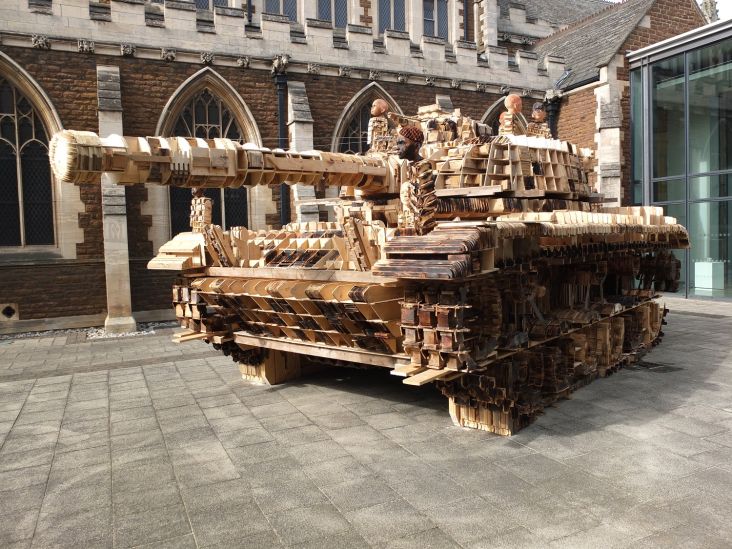Fjord's Berlin studio is a hackable space that reveals the future of office design
Everyone knows that workspace can either stifle or free the mind. The start-up mentality around agility is embedded into the work environment, and the environmental design of an office space can now mirror – or even foster – an organisation’s culture, an approach fast-becoming mainstream thanks to the likes of Google and Facebook.
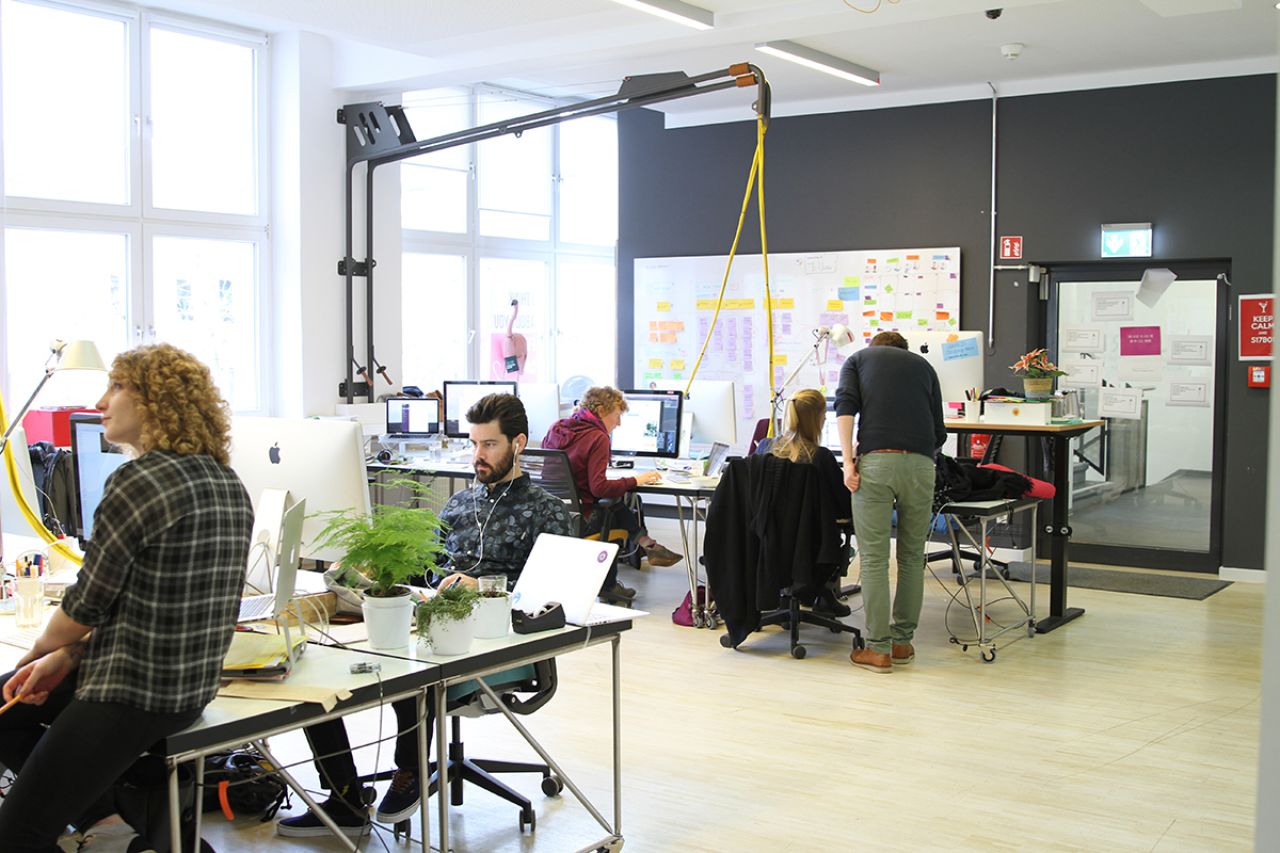
Andrew Beckley, Regional Design Strategy Lead at Fjord, Design and Innovation from Accenture Interactive believes that companies wanting to hire the right talent, need to ‘walk the talk’ and create an environment conducive to communication, collaboration and co-creation. He believes those that don’t respond to change, who fail to iterate and innovate, won’t survive and deliver a cookie-cut approach without inspiration.
With this in mind, we were keen to catch up with Andrew and discover more on the need for physical workspaces to be open, to be re-configurable for different purposes and to be hackable (rather than static and over-styled).
We also asked for a peek inside Fjord's Berlin studio, which has been designed around the fact that the line between work and personal life is blurring, with more and more employees eating, showering and even sleeping at the office:
Tell us more about you and what you do
I’m part of the design strategy group in Fjord. We reimagine the future and help take others (businesses, organisations, people) on the journey. Day to day, I am running studios, running project teams, inspiring and growing our work with our partners, programmes, designers and collaborative workshops to change people’s mind-sets – some clients call it therapy. I’m also thinking about what’s next, what is on the horizon for us as a business.
Describe your workspace: where it’s based, and what's inside?
We don’t have fixed workspaces. We travel, we bring our igloos of design culture to client offices, gallery spaces, our homes, different cities depending on what mode we’re in and who we’re working with. The kitchen is definitely one of our fixed places. In our igloos – we have beer, animals and chairs to think in – and lots of walls to draw and make a mess on. We also have lots of white writeable walls – in Berlin we have the longest whiteboard in the world – over 66m.
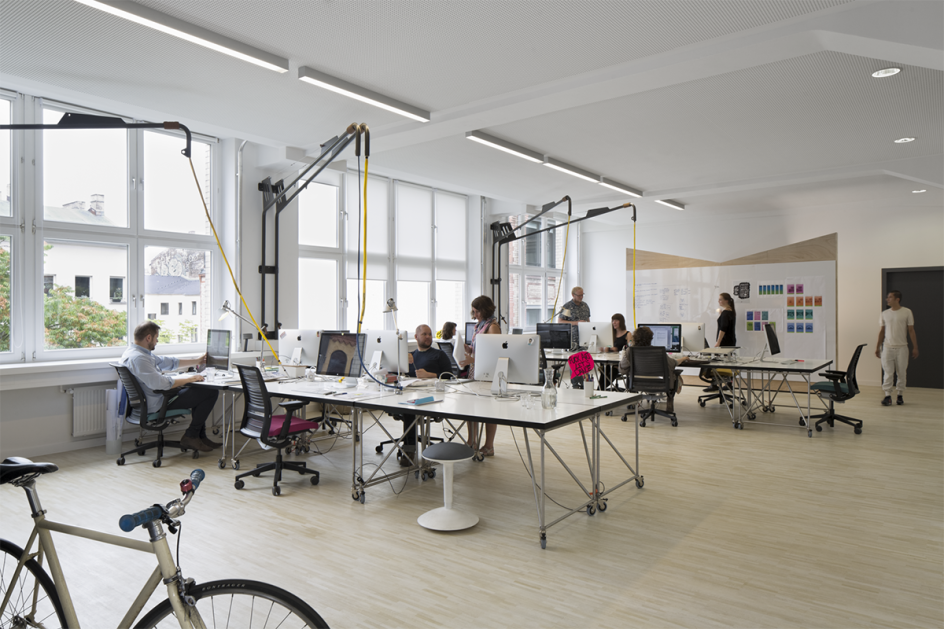
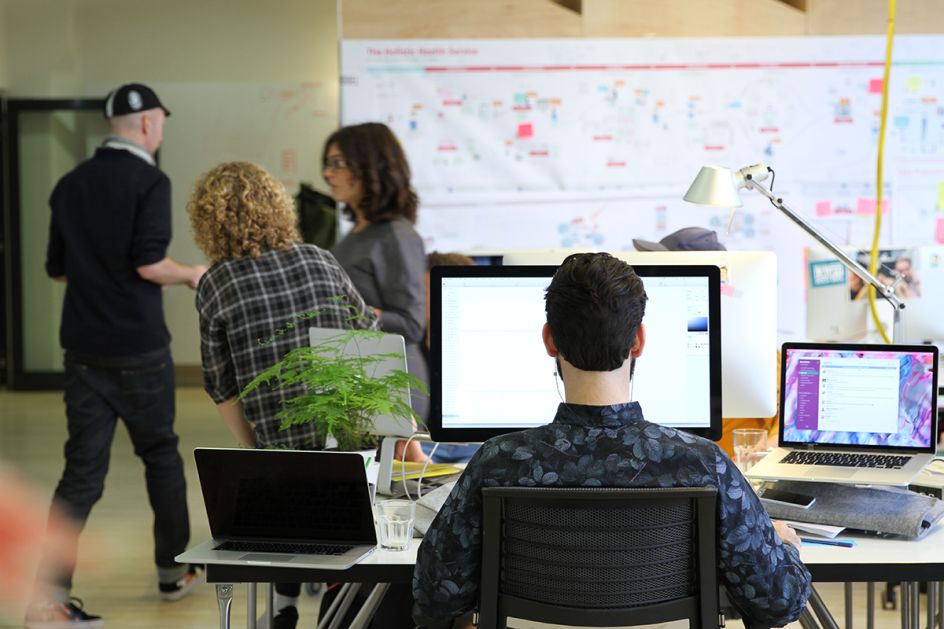
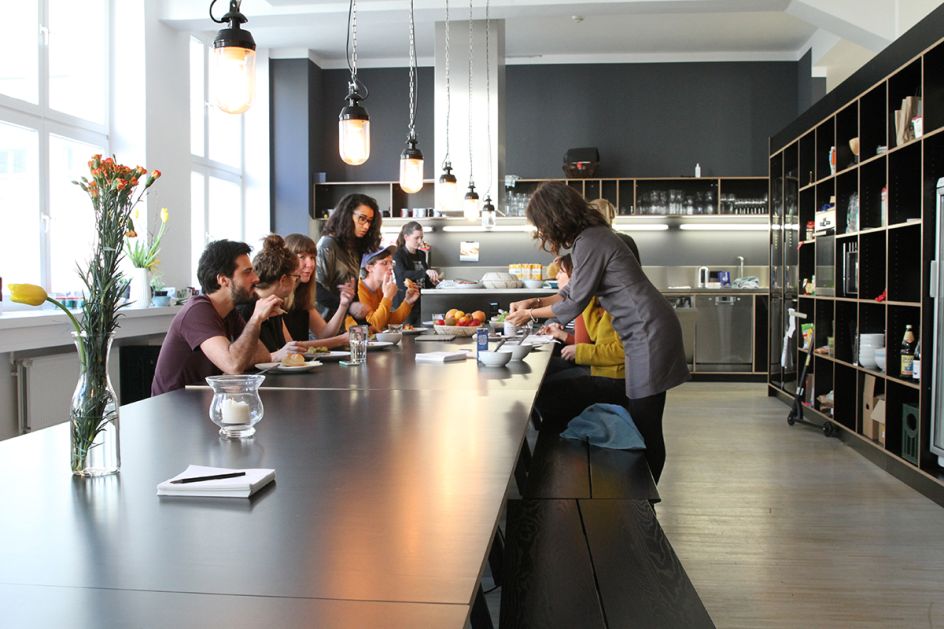
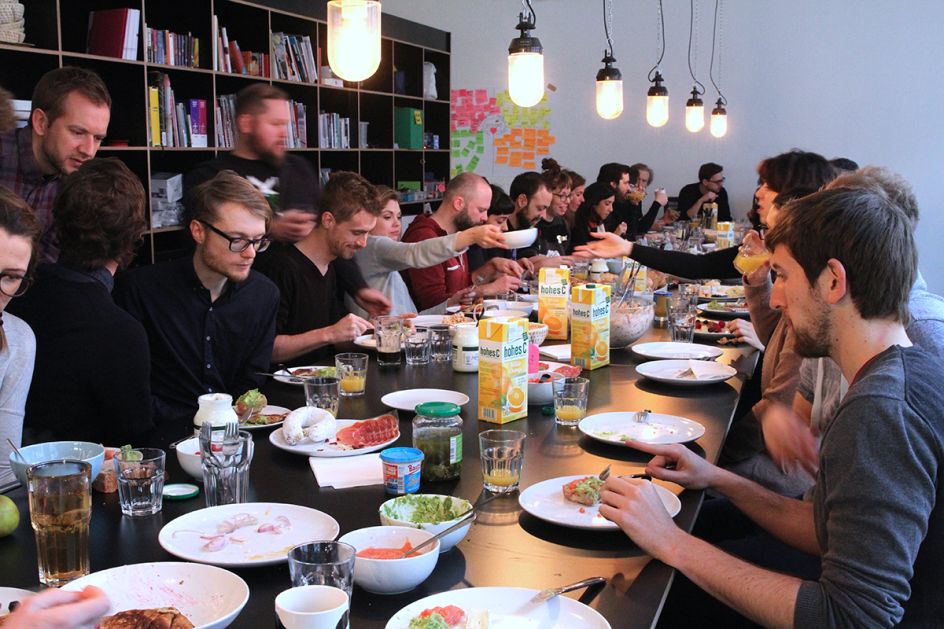
So it's very hackable? Tell us more about how it can adapt and for what
It has to be. One moment we are alone, the next day we’re workshopping with 50 people, the next we’re imagining the future of the airport so we need our space to reflect our minds and the decisions we need to make.
For one night of Berlin Design Week last year, we cleared our working rooms in 30 minutes, the DJ and bar arrived and we had a rave until 2am. It would have gone on longer but the police arrived.
What do you love about your office the most?
The social objects. The dog, the coffee machine, the beer and the new people. We rely on ideas, which rely on diversity and conversation. Nothing else matters.
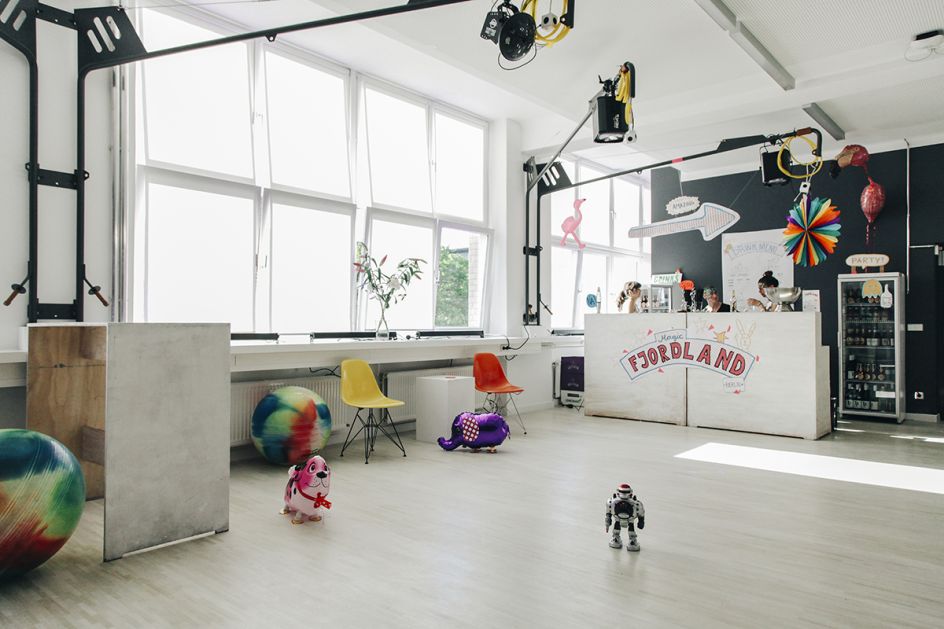
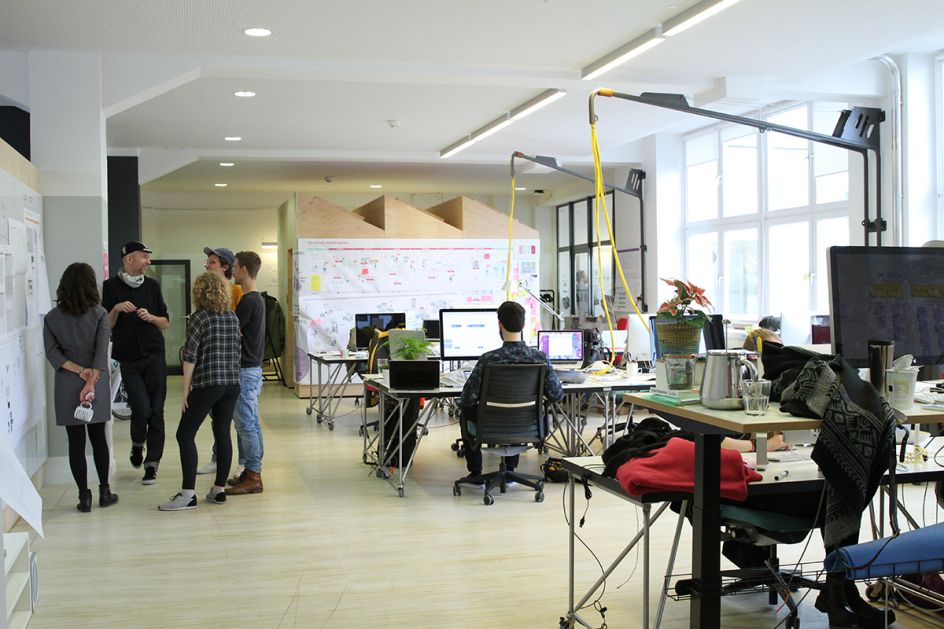
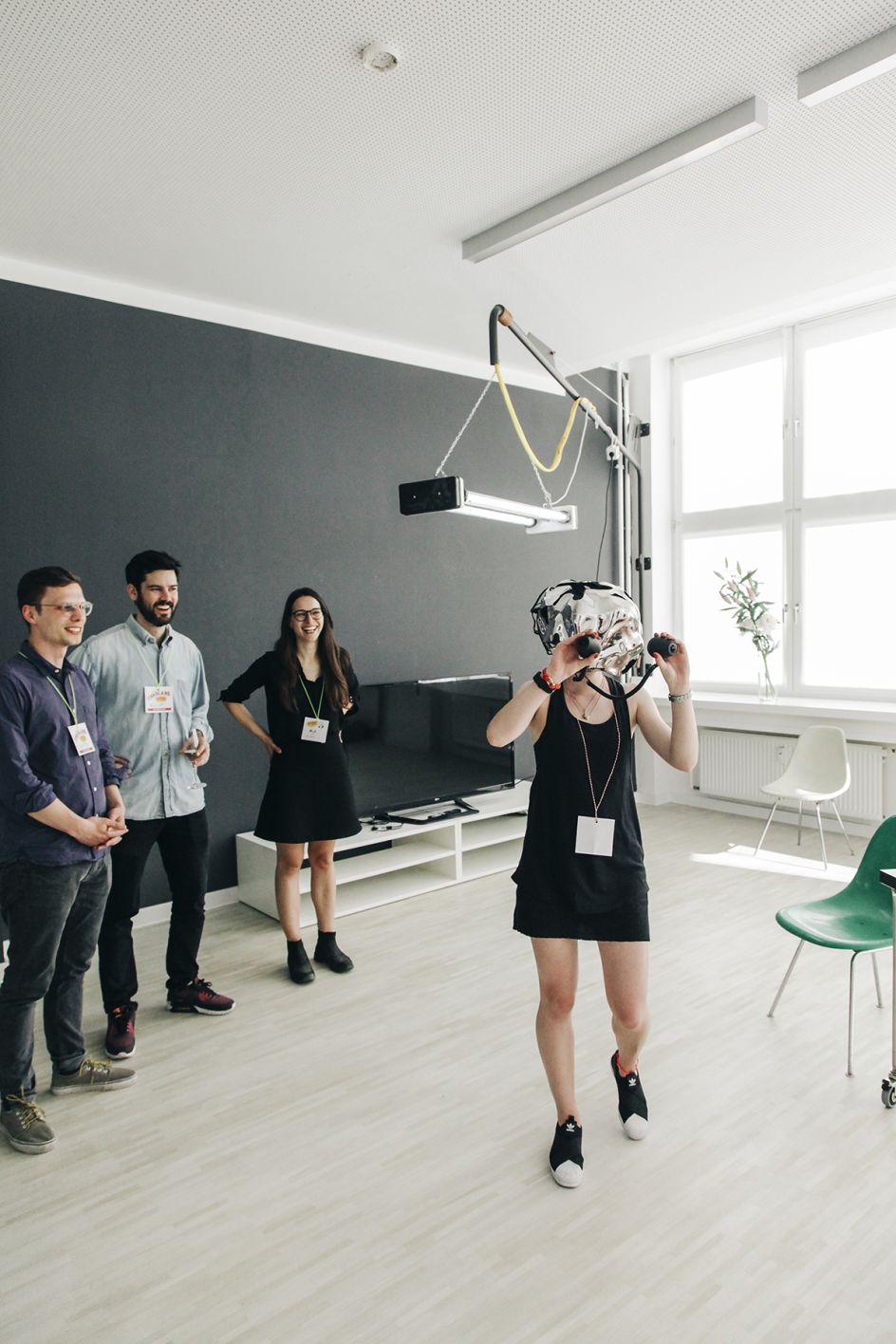
Any furniture, accessories or features you especially love, and why?
The arms that bring the electricity from above. We can turn a space from a row of desks to a dance floor in about 23 minutes.
Describe your local creative scene
It’s all about the megacities – it’s a global problem we’re trying to fix. We’re entering the robot revolution. We need to rethink what the future or work is, and the space we do it in. We’re entering another revolution. Most of the work most people do will not be needed soon. The work that remains will need different space to rows of desks arranged like a boarding school. Our space will need to constantly challenge and re-train us, not just optimise us on the same repetitive task.
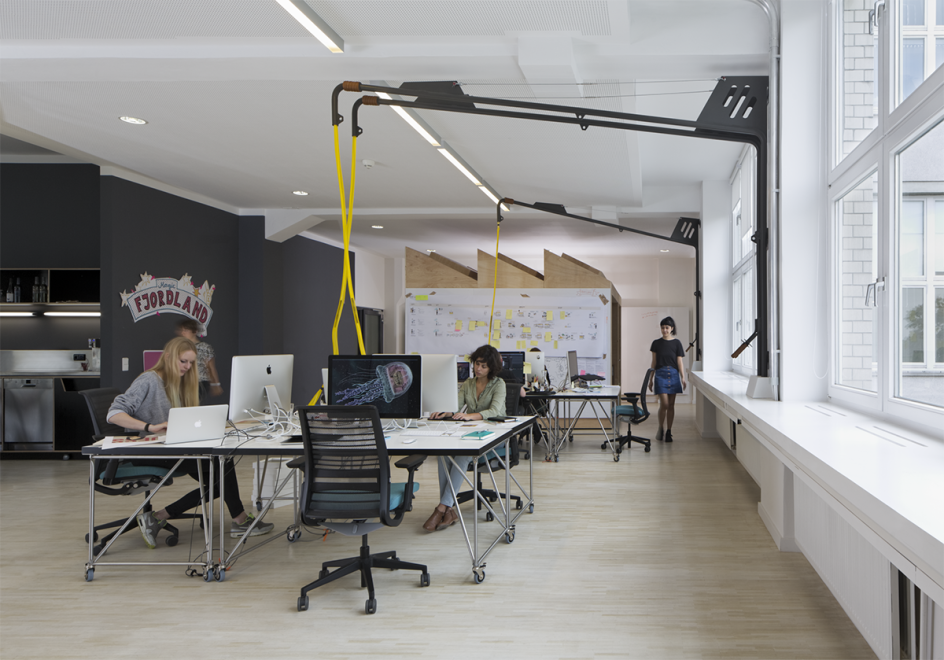
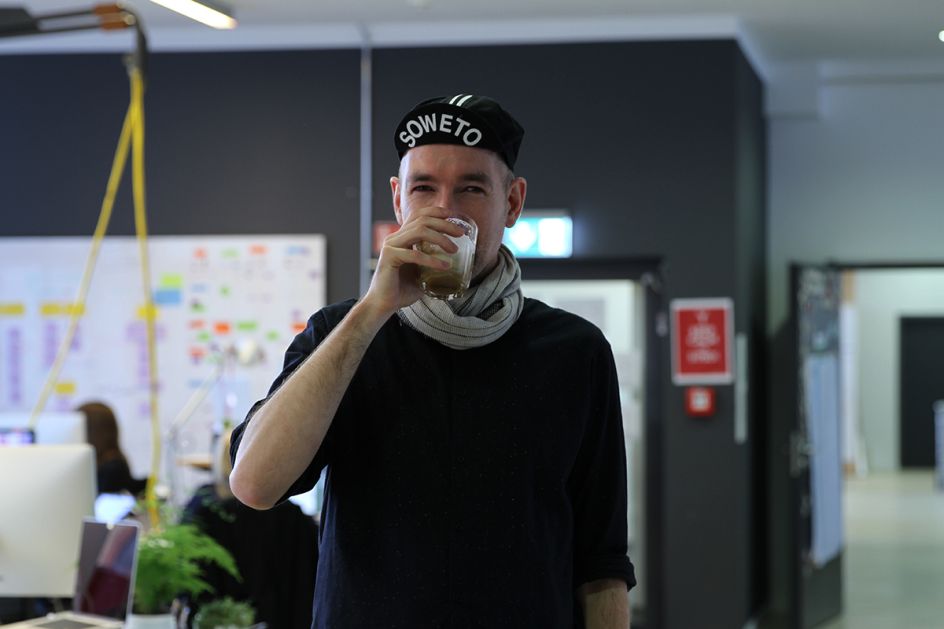
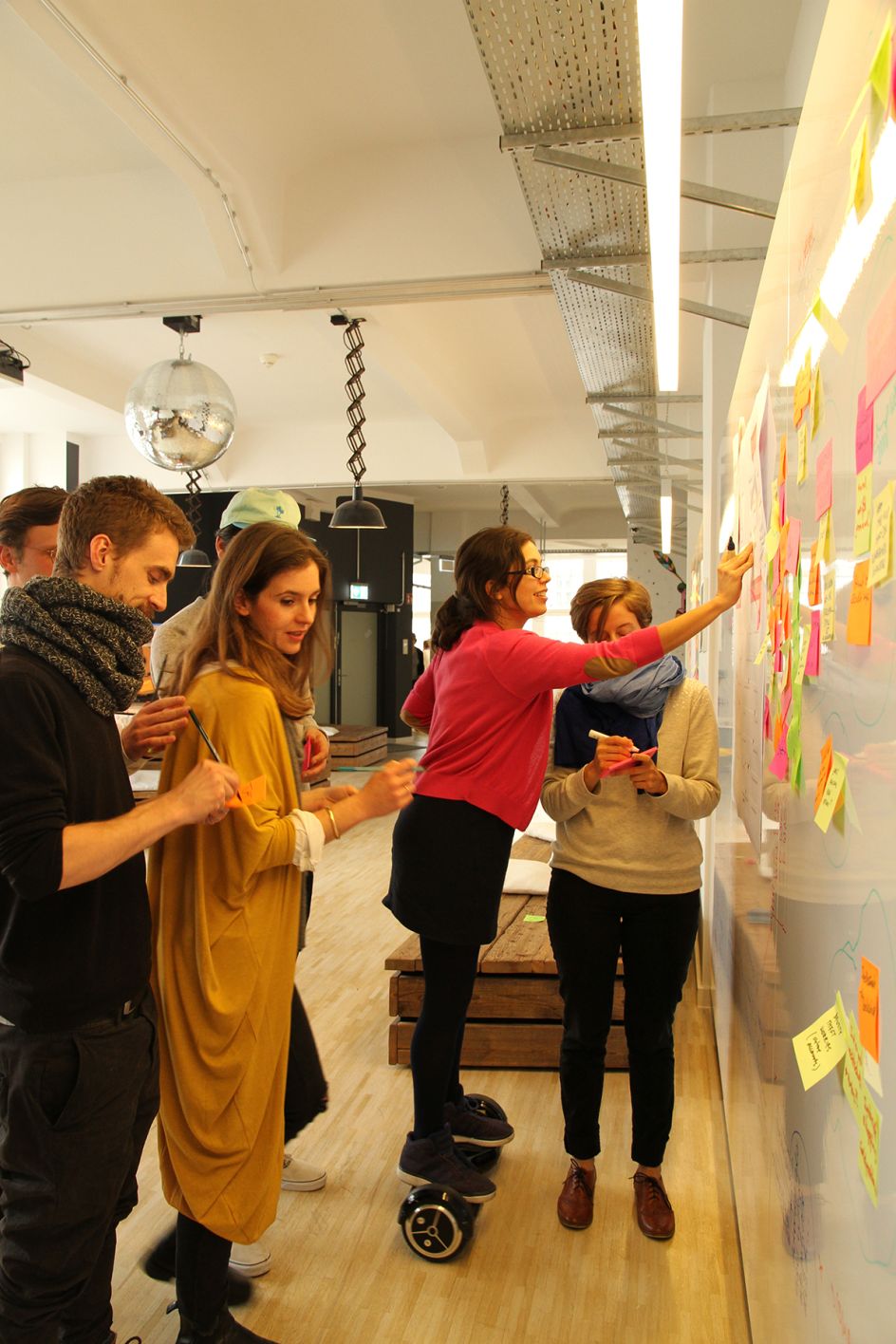
To find out more about Fjord, go to www.fjordnet.com.
Have you got an inspiring workspace?
Our popular Studio Tours give our audience a sneak peek inside creative workspaces across the globe. From tiny home studios and co-working spaces to some of the world's leading agencies and creative brands – we love to find out what your office looks like.
Think you've got something great to show us? Email the details and a few sample photographs of your workspace to [email protected].
Via direct submission | All images courtesy of Fjord




 by Tüpokompanii](https://www.creativeboom.com/upload/articles/58/58684538770fb5b428dc1882f7a732f153500153_732.jpg)

 using <a href="https://www.ohnotype.co/fonts/obviously" target="_blank">Obviously</a> by Oh No Type Co., Art Director, Brand & Creative—Spotify](https://www.creativeboom.com/upload/articles/6e/6ed31eddc26fa563f213fc76d6993dab9231ffe4_732.jpg)









